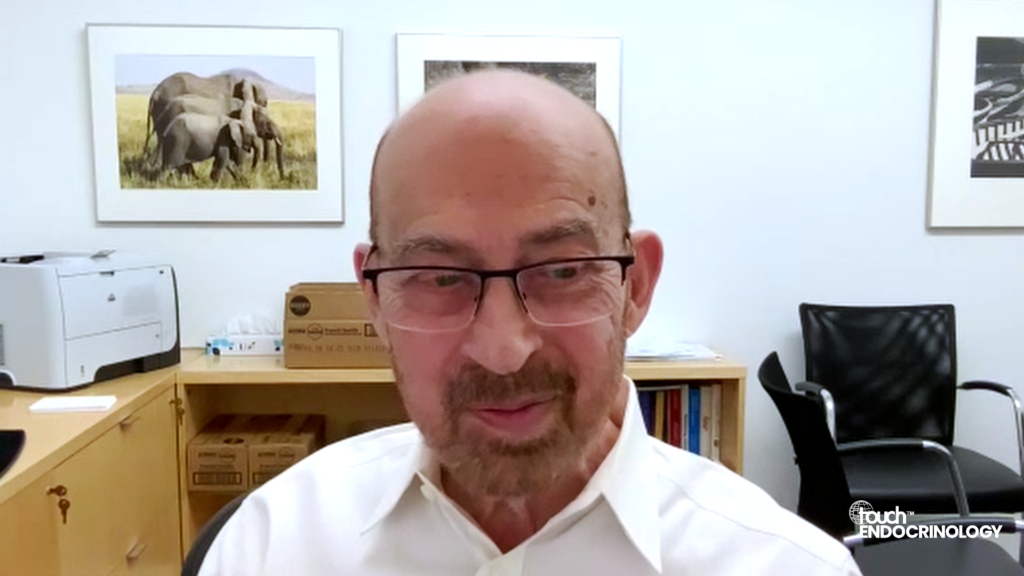We are joined by Dr Segundo Seclen from Peru at the ADA annual meeting in San Francisco to discuss the growing diabetes epidemic in high- and low-altitude populations and the PERUDIAB study. Please see below the English translation.
Questions (Spanish)
1. ¿Podría hablarnos sobre la prevalencia de diabetes en poblaciones de alta y baja altitud en el Perú? (0:05)
2. ¿Qué factores considera responsables del aumento de la incidencia de la diabetes en el Peru? (0:50)
3. ¿Por favor resuma el estudio PERUDIAB y da una vision general del futuro del manejo de la diabetes en Peru? (2:11)
Interview transcript (English)
- Could you tell us a little about the prevalence of diabetes in high and low altitude populations in Peru?
Peru is a South American country that has a wonderful coast, mountains and jungle. Our population exceeds 30 million and 10 million live in Lima at sea level. Twenty per cent of the Peruvian population live in altitude above 3,000 meters above sea level. National data from the PERUDIAB study have shown that the prevalence of diabetes is high at sea level 8.5% and low in high altitude 4.5%. This is likely due to an increased sensitivity to insulin in high altitude.
- What factors do you consider responsible for the increased incidence of diabetes?
The incidence found in the PERUDIAB study is very alarming, reaching about 20 cases per thousand people per year who have diabetes. This is higher than found in Spain, Italy, African Americans and similar to Mexico. This is due to the growing epidemic of obesity that has affected 23% of the Peruvian population over 15 years by the intake of ultra-processed and high-calorie foods and sedentarism.
The use of actuality clinical guidelines for diabetes in Latin American population collides with locality public health policies. These treat our patients as second-class citizens by forcing them to use proscribed drugs such as gliblencamide. Both the World Health Organization and the International Diabetes Federation should intervene to modify this situation and we can prescribe effective, safe and cardiovascularly protective drugs for patients with diabetes.
3. Please summarize the PERUDIAB study and tell us a little about the future of diabetes management in Peru.
In our study 7% of patients have diabetes and 23% have prediabetes, so 30% of the Peruvian population is affected by hyperglicemia and cardiovasciular disease latent. On 22–25 May 2020 in Lima-Peru, I will be President of the 11th World Congress on Prevention of Diabetes and related issues. The main objective of this congress is to establish the main lines of health policies of primordial, primary and secondary prevention against this epidemic disease.
Research into the treatment of diabetes is rapidly developing, however the objectives of glycemic control only reach less than 50% of the population with diabetes. It is necessary that a model of chronic care converts the doctor–patient relationship into an agreement of parts within a friendly health system. So a therapeutic adherence will be achieved and therefore a better metabolic control to will avoid acute and chronic complications as cardiovascular disease.
Filmed at the American Diabetes Association (ADA) annual meeting 2019, San Francisco, USA
Dr Segundo Seclen has no conflicts of interest to declare in relation to this video.
touchENDO.com is an independent information resource supporting physicians, clinicians and leading industry professionals in continuously developing their knowledge, effectiveness and productivity, via free-to-access content in multimedia formats.













